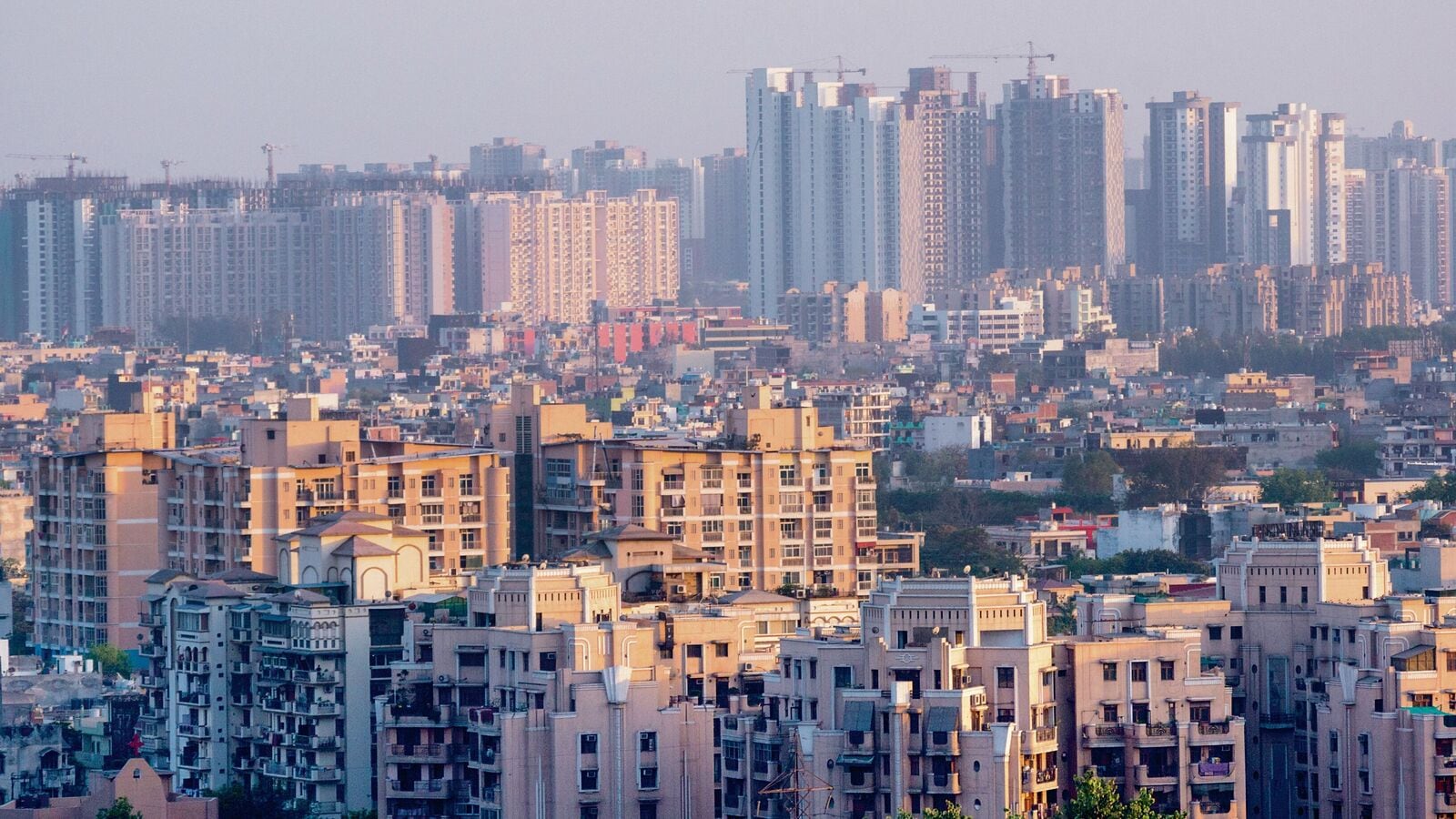In the next two decades, we aim to achieve 10 times growth in our gross domestic product (GDP), taking India from a $3.6 trillion economy to $30 trillion. Our journey, however, rests on three important pillars: Technology, infrastructure and employment. Their synergy will propel us to new heights.
India is rapidly emerging as a global technology powerhouse: Our focus on 5G, artificial intelligence (AI), blockchain and other leading technologies is transforming how government and businesses operate.
From agriculture to manufacturing and processes to governance, we must capitalize on technological advancements to create a scalable impact. This will accelerate India’s development trajectory and further strengthen our position as a leader in the global digital economy.
Infrastructure is the bridge on which India’s growth will flow: The planned investments of $1.4 trillion by 2025 under the National Infrastructure Pipeline are essential to supercharge development across the energy, transportation and urban landscapes, which is a must to fuel industrial growth.
India can build a solid foundation for long-term prosperity as infrastructure-led growth addresses both supply and demand generation.
Employment opportunities for the youth: This is a priority for broad-based and sustained economic growth. With nearly half our citizens under the age of 25, job creation is paramount for achieving the 10-times growth in economic output that India is aiming to achieve.
India’s manufacturing sector, an emerging global hub, holds immense potential. Government-led development of integrated manufacturing hubs will be instrumental in creating jobs. Simultaneously, the services sector, which currently accounts for more than half of India’s GDP, must be nurtured.
The travel and tourism industry, with its diverse skill requirements, offers another promising avenue for employment. The immense growth in the quick-commerce and retail sectors has already created jobs for even the less-educated or unskilled labour, but a structured approach is needed.
This is where fostering an education system that generates employable youth with relevant skill sets becomes imperative, and the task needs laser-sharp focus. Stimulating employment generation can ignite a virtuous cycle of growth and consumption.
In addition, we should have a strategic focus on TIE, or technology, infrastructure and employment, which will form the bedrock of our journey towards a fully developed nation by 2047. To achieve this ambitious vision, a steady flow of capital is a must.
While India continues to be a favoured foreign investment destination, we still need to cover some distance in improving the Ease of Doing Business and regulatory stability. Political stability is already an advantage that we have within the region.
What is equally important, if not more, is a concerted effort to mobilize domestic capital. Domestic investment can serve as a potent catalyst to accelerate the pace of India’s economic growth and will enable Indians to participate in fueling this growth.
For that, we must encourage domestic long-term capital and unlock untapped pools such as pension funds, provident funds and the wealth of ultra-high net worth individuals (UHNIs).
Channeling these resources, particularly towards infrastructure investments, will drive growth and help us achieve our vision of a self-reliant India.
We are already reaping the benefits of strong public-private partnerships (PPPs) in our country. The world class airports, extensive road network, and improving education as well as healthcare services are a reflection of the synergy in the use of public resources and private efficiency.
Yet, much more needs to be done. A joint effort by the Centre, states, private sector and academia can do wonders.
That said, without a healthy environment, the path to a developed nation status will be fraught with complexities. Being conscious of sustainable development is imperative for long-term progress.
A lot of action, policies and conversations are taking place to protect the planet while ensuring sustained growth, which is highly encouraging.
Achieving a 10-times expansion in GDP in two decades is challenging and could have us lose sight of the impact such rapid growth could have on the environment. But we must remember that being a developed nation is not just a badge of honour, it is also a responsibility.
The journey to a Viksit Bharat will only begin with small steps that will together yield big results over time. While this journey may be long and arduous, the nation’s immense potential and strategic execution will help us realize our goal.
As Indians, the future is ours to shape and we must be the architect of our tomorrow, today.
The author is chairman, Welspun World.
#Focus #pillars #attain #developed #economy #goal






